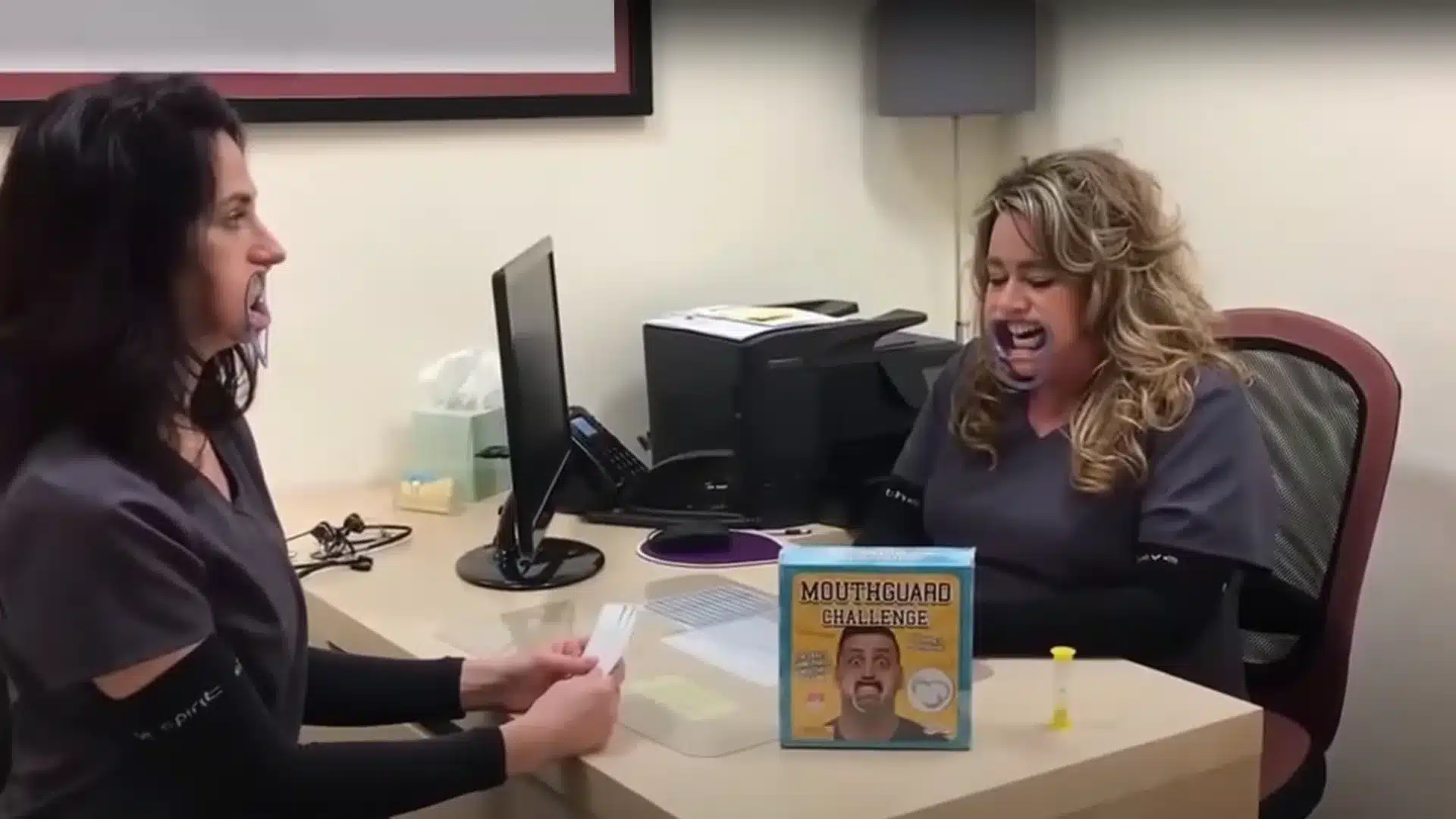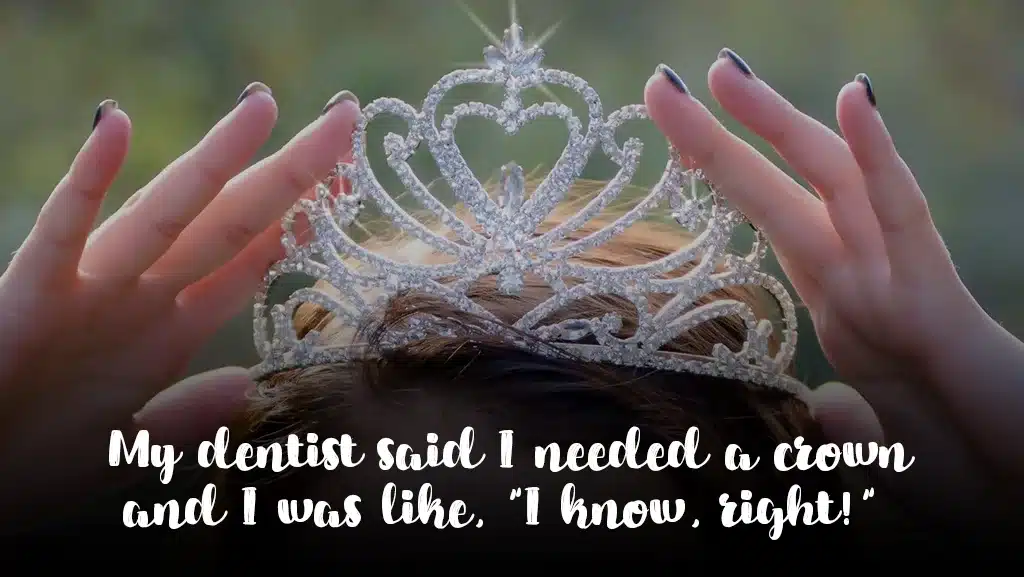Recently I had a wonderful patient meet with me with a concern. About a year ago she lost an older filling on a front tooth about one hour prior to her start time at work. She came to my office and we fixed her smile making her one happy patient. Fast forward a few months ago and she was concerned of loosing an older filling on a front tooth on the opposite side of her mouth. My answering service did not call me about her issue at the time because it was not broken and she had no pain. The patient did not want to wait for my return so she contacted a large office that could see her right away. To her surprise the provider told her she had THREE cavities on the teeth next to her tooth of concern. The provider said since they were working on the tooth of concern and had the area numb they should take care of the THREE other cavities at the same time. Well $750 later she came to me asking why we missed these THREE cavities. Looking at her x-rays these were early cavities and in my professional opinion have been there for years and would not of progressed. Below is an article that explains with new technology it still takes the good judgement of the provider to advise the patient on when treatment is needed and when lesions can be observed. Remember at Drews Dental Services, P.C we “Treat your mouth like our own” and if I wouldn’t want to have the treatment done on myself I will not do it on a member of my patient family.
Article:
Too Much Drilling? Not All Early Tooth Decay Needs A Filling
To find tooth decay early, some dentists are using newer technologies, in addition to visual exams and X-rays. The devices claim to be able to detect the beginnings of decay, when the tooth begins to soften, before it turns into a cavity.
As with almost any new technology, the devices are expensive. Are they worth it? More importantly, if one of these devices shows that you have early decay, do you need a filling right away?
Not necessarily.
Dental decay is “a slowly progressing disease,” says David A. Albert, D.D.S., M.P.H., associate professor of clinical dentistry at the Columbia University School of Dental and Oral Surgery. “From start to finish in the general population, it can take five years to go from a new caries lesion (early decay) to full-blown involvement of the pulp (the center of the tooth, where the nerves and blood vessels are). Back in the 1920s, the way we practiced was based on [decay] progression taking a matter of months.”
So early decay doesn’t always mean you need a filling. In fact, the decay often can be reversed. A tooth starts to decay because acid in your mouth causes minerals to leach out of the enamel, and the enamel breaks down. Fluoride therapy, dietary changes and better oral hygiene habits can reverse this process by causing minerals to build up in the tooth again, making the enamel stronger.
In some cases, a filling is a no-brainer. If you’re in pain or have an obvious cavity (a break in the surface of your tooth), you need a filling. But, says Dr. Albert, “If there’s no cavity and no pain, the tooth can fix itself.
“If I saw 100 patients [who had early decay] and decided to wait six months before treating them, it would be the right decision for 95 of them. I think we do more harm by overtreating, because there will always be complications of treatment,” he says.
Once a tooth has a filling in it, there is always a chance the filling will crack, break or fall out. A space left between the filling and the tooth is a hot spot for further decay. Eventually, the tooth may need endodontic (root canal) treatment or may even need to be extracted.
Dr. Albert suggests that using the new technologies should actually lead to fewer fillings for most people, because early decay can be reversed with fluoride treatments or new oral hygiene habits. The reality may be different.
“Dentists who use these machines may actually do more [fillings],” he says. “For the general population, that’s wrong, although for some high-risk individuals, it’s good to find [decay] early and treat it early. But if you’re in a low-risk category, the treatment of choice is to do nothing.”
So why don’t most dentists watch and wait? They may be worried that the person won’t return in six months for another checkup. Or they may be worried that they will be perceived as indecisive or inexperienced.
Also, the detection devices aren’t always right. “Some things look like cavities, but they’re not,” Dr. Albert says. “A dark discoloration does not mean a cavity.”
©2002-2005 Aetna, Inc. All rights reserved.Reviewed by the faculty of Columbia University College of Dental Medicine




